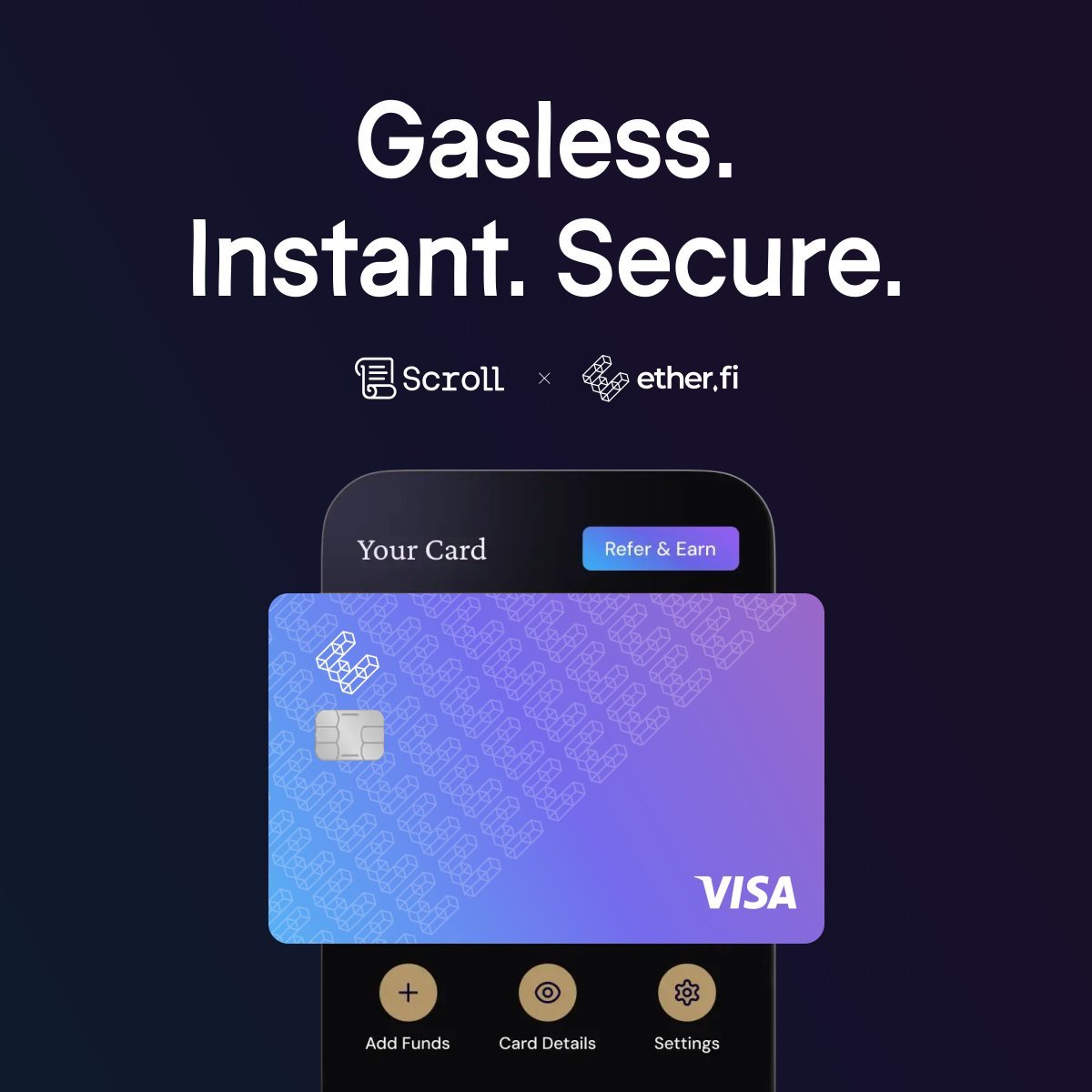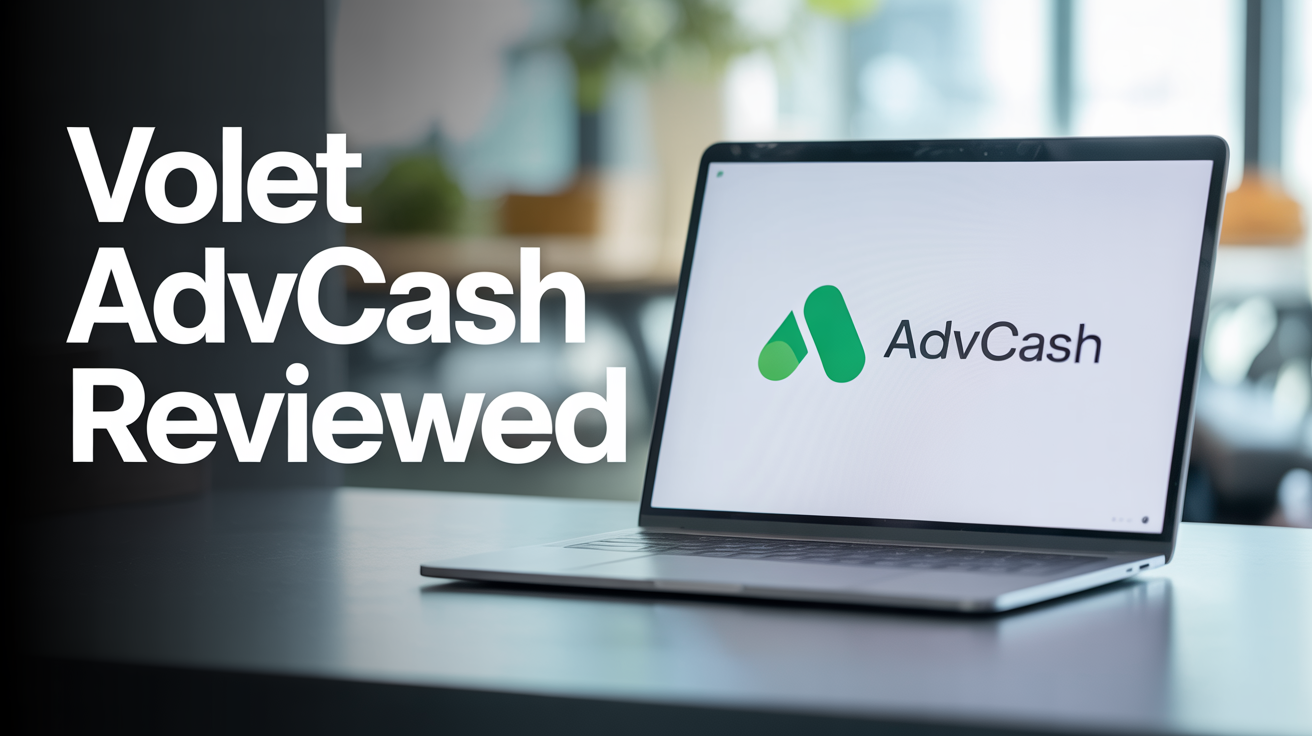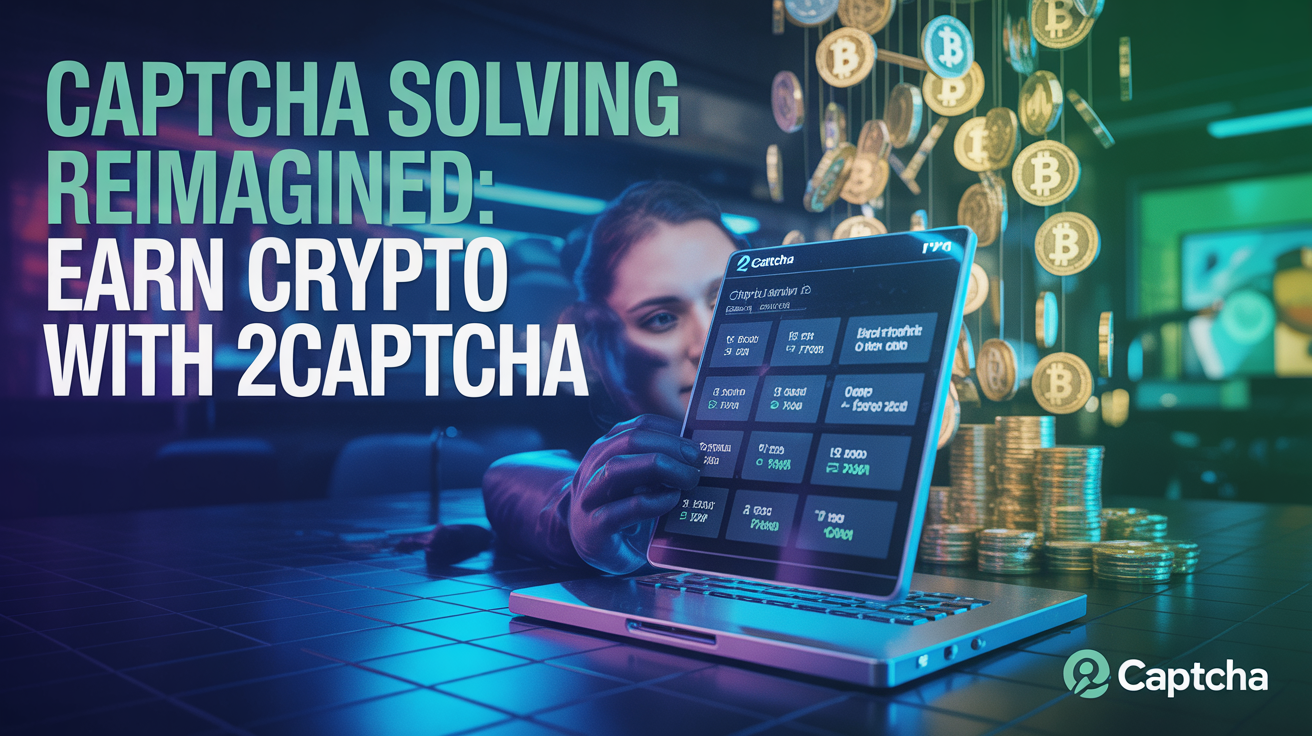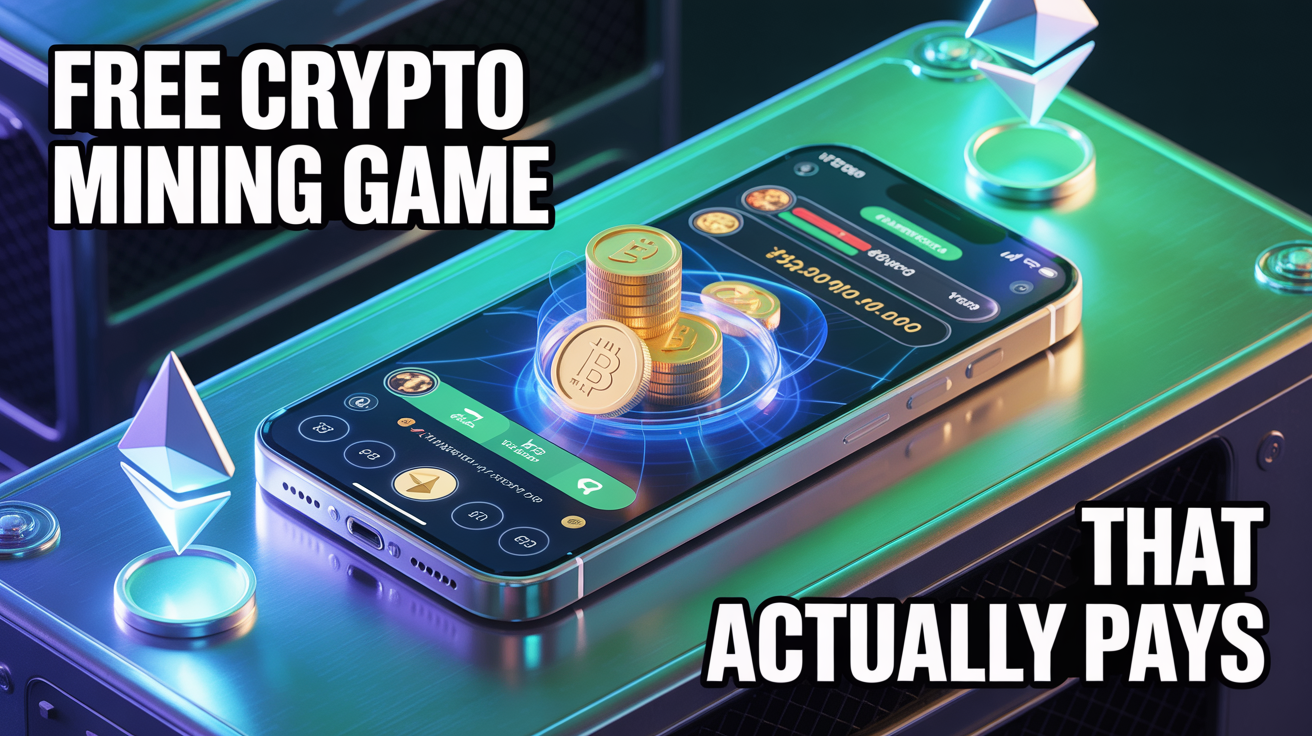A practical introduction for absolute beginners
There is a particular kind of nervous energy that accompanies a first step into crypto. You’ve heard success stories and cautionary tales, you’ve seen price charts that look like mountain ranges, and you’ve probably wondered whether this is a place to plant a small seed or a minefield to avoid. The promise is obvious: a borderless financial system, markets that never sleep, and a thousand micro-opportunities to grow a portfolio. The risk is equally clear: volatility, scams, and a learning curve that can feel steep if you try to scale it alone. This beginner’s guide is designed to flatten that learning curve inside one specific environment—Bybit—so you can move from confusion to competence with a clear, repeatable routine. You will learn how to open and verify an account, fund it the right way, buy and sell safely, move balances where they belong, withdraw back to your bank when you need to, and, importantly, how to take advantage of daily airdrops tied to holding a dollar-pegged stablecoin in your wallet.
Think of this as a practical companion to the first weeks of your crypto journey. We will walk through the most common actions a new user performs on Bybit, the small settings that make a big difference to security and speed, the filters you should always switch on before a peer-to-peer trade, and the mental model that keeps your expectations grounded. The goal is not to chase hype or guess tops and bottoms. The goal is to build repeatable steps that reduce error, avoid avoidable risks, and position you for steady progress—whether your starting balance is one hundred dollars or much more.
Before you begin: what it means to “invest” in crypto
Crypto is not a game, and none of the steps below change the fact that markets can move fast and against you. The safest investment principle is as old as finance itself: never put in money you cannot afford to lose. There is no platform feature that cancels volatility. What you can do is choose instruments that match your risk tolerance, adopt a workflow that reduces the chance of mistakes, and use the platform’s built-in tools in ways that stack small advantages in your favor. That combination—clear limits, simple rules, and a focus on process over predictions—is the single most realistic way to stay in crypto long enough to benefit from it.
One more preface element matters: guidance. Many beginners jump from random YouTube clips to Telegram threads and then try something halfway, only to get spooked and quit. If you can learn within a supportive group, or at least keep a short list of trusted resources, you will move faster and make fewer errors. Throughout this guide, you will see the emphasis on understanding the “why” behind each step. When you know why KYC exists, why a P2P filter is your friend, or why market orders behave differently from limit orders, you are less likely to be surprised by outcomes.
Why Bybit, and what you should expect from the platform
Bybit is a cryptocurrency exchange that supports spot trading—the simple buy and sell of coins at current prices—alongside other products. For a beginner, the important components are a smooth onboarding process, a robust peer-to-peer fiat on-ramp, a clear wallet structure, and a trading interface that lets you choose between instant market orders and price-specific limit orders. Another attractive element for newcomers is the way Bybit integrates rewards into the user experience, including promotional bonuses for signups and deposits through referral links and daily airdrops tied to holding a dollar-pegged stablecoin. This guide focuses on that practical core: how to use Bybit to get funds in, convert those funds to what you want, make a trade, move balances between wallet sections, and get funds back out. Everything else is optional until you are comfortable.
Expect the platform to request identity verification as part of its compliance obligations. Expect to pass through two checkpoints: an account creation step that uses email plus a one-time passcode, and a follow-up KYC step that may request additional documentation. Expect the app to separate balances into “Funding” and “Trading” or “Unified” areas so that P2P purchases do not automatically appear in your spot order interface; you will need to transfer internally. Expect the P2P section to list dozens of vendors with different reputations, price quotes, and limits; your job is to filter and select well. Expect to confirm sensitive actions with a combination of email codes and two-factor authentication. Expect occasional small delays during P2P settlements while a counterparty confirms receipt. None of these are problems. They are normal features of a system that needs to move money both quickly and safely among strangers.
Account creation that avoids common mistakes
The fastest way to begin on Bybit is also the safest: start from the official signup link that your community or instructor provides and complete the registration within one session. Enter your email address and create a strong, unique password. The platform will send a verification code to your inbox; paste it back into the app promptly to avoid expiration. Once the shell account exists, do not skip security. Enable two-factor authentication using a time-based authenticator app rather than just SMS. This single decision dramatically reduces the chance that someone can compromise your account with a SIM swap or an email breach.
With the account protected, proceed to basic KYC. Even if you can technically use some features without full verification, you will eventually need KYC to lift limits, accelerate P2P settlements, and unlock smoother fiat withdrawals. Provide the requested documents, double-check that the names match your bank details, and wait for confirmation. Verification is often quick, but plan for at least a short delay at busy times. Treat this wait as a buffer to review the rest of this guide and familiarize yourself with the interface.
Funding your wallet with peer-to-peer purchases
For many new users, P2P is the easiest path from local currency to a spendable crypto balance. The logic is simple: instead of wiring money to an exchange, you buy stablecoins like USDT from a verified vendor who accepts your local transfer method. Bybit’s P2P flow is built to keep both sides accountable, but the quality of your experience still depends on who you choose to trade with. This is where filters become your best friend.
Open the P2P module and start with the verification filter. Enable “show only verified advertisers” so the list excludes unvetted accounts. Next, set the “eligible ads” or “fast settlement” option to surface traders who commit to short release windows, commonly fifteen minutes. Finally, set your desired amount so the list only shows vendors whose limits match your purchase. Once filtered, scan the remaining entries for two reputation metrics: number of completed orders and completion rate. A vendor who has completed thousands of orders with a ninety-nine percent success rate has demonstrated reliability over time; that is worth more than a slightly better price. Click through to read the vendor’s payment instructions and house rules. Many will explicitly ask you not to mention anything crypto-related in your bank transfer note. Respect those requirements; they exist to reduce friction with the vendor’s bank and to keep the P2P ecosystem healthy.
When you initiate a purchase, enter the exact amount, confirm the payment method, and proceed. The app will display the vendor’s bank details. Copy them carefully and make the transfer from an account in your own name. After sending, return to the P2P order screen and click “Payment completed,” then upload proof if requested. At this point, the timer begins for the vendor to confirm receipt and release the crypto to your Funding wallet. If the timer runs low and nothing has happened, use the in-app chat to nudge politely. Most vendors release in minutes. Only escalate to a formal appeal if you see clear signs of non-response past the allotted time.
Moving balances to your trading wallet
After a successful P2P purchase, your fresh USDT or another asset will appear in the Funding section, not in the spot trading account. If you try to place an order immediately, you might see a “insufficient balance” message and think something is wrong. Nothing is wrong. You simply need to transfer internally from Funding to Unified Trading. Open the “Transfer” dialog, choose “Funding” as the source and “Unified Trading” as the destination, select the asset, and enter the amount. Internal transfers are instant and free. Once complete, your balance becomes visible and spendable in the spot trading interface.
The first buy: market orders versus limit orders
With funds in the trading wallet, you are ready to purchase your first coin. Use the search bar to find the pair you want—for example, SOL/USDT if you plan to buy Solana using USDT. On the order ticket, you will see a choice between “Market” and “Limit.” A market order executes immediately at the best available price. It is simple and appropriate for small purchases where getting filled quickly matters more than shaving a small fraction of a percent. A limit order lets you specify your price; the order will only execute if the market hits that level. For beginners who are still learning how prices move and who are buying with modest amounts, market orders are perfectly fine. Enter the amount you want to spend—say, one hundred dollars’ worth of USDT—review the estimated quantity, and confirm. The trade executes and the coin appears in your spot balance.
If you want to practice a sell, flip the order ticket to “Sell,” enter the amount you wish to convert back to USDT, and choose market for a quick exit. This is a good way to understand the round-trip behavior of a trade and to see how balances update in real time. Keep position sizes small while you explore; muscle memory is best built with low stakes.
Selling crypto back to cash with P2P
Withdrawing to your bank is the mirror image of your P2P purchase. First, make sure the asset you want to sell is in the Funding wallet because that is where P2P trades settle. If your coins are in Unified Trading, transfer them back to Funding. Open P2P, select the “Sell” tab, and apply the same filters you used before: verified advertisers, fast release times, and a limit range that fits your sale. Sort by completion rate and order count to find a seasoned counterparty. Enter the fiat amount you want to receive, confirm your bank details are correct, and submit. The buyer will receive your crypto in escrow and send the fiat to your bank account. Once you confirm receipt, the app will release the crypto to the buyer. This flow usually completes within the agreed window, especially with high-reputation traders. If the buyer delays, you have chat and appeal options, but in most cases a polite message is enough to keep things moving.
Two security notes deserve emphasis here. First, your account should have two-factor authentication enabled, and sensitive actions may request a fresh code. This can feel like friction, but it protects you if your device is lost or accessed by someone else. Second, P2P prices can move during confirmation. If you take too long retrieving an email code or switching devices, the system may refresh the list and require you to pick a vendor again. Move decisively, have your authenticator ready, and double-check details before you click.
The quiet power of stablecoins and daily airdrops
Beginners often assume that “trading” is the only way to earn with crypto on an exchange, but there are quieter, more predictable mechanisms designed for people who prefer to grow a balance without chasing price swings. One such mechanism on Bybit is the daily airdrop for holding a dollar-pegged stablecoin in your wallet. The idea is simple. A stablecoin is engineered to track the value of the U.S. dollar, so one unit is intended to be worth about one dollar. Because it targets stability rather than appreciation, it is less volatile than coins like Bitcoin or Ethereum. Bybit layers a reward on top of that stability: if you buy or convert into the supported stablecoin and hold it in the right place in your wallet, the platform credits your account with free daily distributions—airdrop rewards—without any additional action on your part.
You can treat this as the crypto equivalent of a savings account that pays out in small daily increments. The exact figures depend on platform programs, promotions, and your balance. The math is easiest to feel when you scale it. If a hundred dollars in stablecoins generates a trickle of daily rewards, then one thousand dollars will generate roughly ten times that trickle, all else equal. The compounding effect becomes visible over weeks rather than hours. For people who are not ready to manage multiple positions or learn advanced order types, this “park and collect” approach offers a gentle on-ramp. It is not a promise of riches. It is a way to let your dollars do a quiet job in the background while you learn.
Two caveats keep this method grounded in reality. First, while a stablecoin aims to hold its peg, no asset is completely risk-free. Keep position sizes within your comfort zone and diversify across strategies as you gain confidence. Second, platform reward programs can evolve. What is available today may be updated tomorrow, so it pays to read the in-app details and any program notices when you enroll.
Turning a workflow into a habit
The most successful beginners are not the ones who make the perfect first trade; they are the ones who build a reliable routine. A simple weekly rhythm might look like this. On day one, top up with a modest P2P purchase from a verified vendor and transfer into Unified Trading. On day two, convert a portion into your learning coin of choice and leave the rest in stablecoins to participate in daily airdrops. On day three, explore the chart for your coin, practice placing a tiny limit order five percent below the current price, and then cancel it just to observe how it sits in the order book. On day four, review your security settings: is two-factor on, are withdrawal addresses whitelisted, is your email login unique and protected. On day five, if your stablecoin balance has grown, move a slice back to Funding and run a small P2P sell to your bank to prove the full round trip works. On day six, read something educational that is not a price prediction. On day seven, do nothing at all and let your airdrop drip.
This kind of rhythm separates learning from risk. It gives you enough activity to stay engaged without pushing you to overtrade. It also builds trust in the plumbing—how cash becomes crypto and crypto becomes cash—which is often the hidden anxiety for newcomers. When you know you can go both directions smoothly, you become more relaxed in the middle.
How to read the trading screen without feeling overwhelmed
Trading interfaces can look busy, but most of the information clusters into five functional zones. There is the price chart, which shows the historical action and helps you sense momentum. There is the order book, which lists current bids and asks from other traders. There is the order ticket, where you choose market or limit and enter size. There is the positions/balances view, where you see what you own. And there is the recent trades tape, where fills print in real time. If you are new, focus almost entirely on the order ticket and balances. Place a market buy for a small amount and watch the fill. Then place a market sell and watch the USDT return. Repeat that cycle until you can do it without hesitating. Only then start to experiment with limit orders by placing them a few ticks away from the current price so you can see how they sit and get filled when the market touches them.
Ignore indicators for now. The best early indicator is your own clarity. If you do not understand why a tool exists, do not click it yet. Bybit is rich with features, but a powerful platform is not a homework assignment. You can do one thing very well—simple spot buys and sells—while you grow comfortable.
What to look for in a coin before you buy
The transcript example uses Solana as the demonstration, but the principle generalizes. Before you hit buy on any asset, you should answer three easy questions. Is this coin widely traded with strong daily volume so you can get in and out without slippage? Is there a clear, simple reason it exists that you can explain in one sentence? Is the price trend sideways to up on a timeframe you care about so you are not buying into a violent dump? If you cannot answer yes to two out of three, consider waiting. Waiting is free. Markets do not run out of opportunities, but beginners do run out of patience when they are caught on the wrong side of a hurry.
When you do buy, choose an amount that feels almost too small. The purpose of early trades is not to make money; it is to avoid mistakes. A hundred dollars is enough to teach you how wallets, transfers, orders, and airdrops work. That is a complete course for less than many people spend on a night out.
The psychology of P2P: why filters matter more than price
Peer-to-peer markets have personalities. There are polite professionals who live on thin margins and operate like clockwork. There are opportunists who come and go with promotions. There are newcomers on both sides of the trade who click the wrong button and need five extra minutes to figure it out. The best way to get along with all of them is to reduce the number of surprises. Filters are not just a mechanical step; they are your way of curating a safer social experience. You are not dealing with a faceless exchange during P2P. You are dealing with a person who has chosen to become a micro-business. Choose people who have demonstrated reliability. Choose release windows that match your patience. Read their notes, follow directions, and keep the chat professional. Do this, and you will rarely see drama.
Another psychological tip matters on the sell side. When you are waiting to receive fiat from a buyer, do not panic if a few minutes pass without a notification. Banks have batching cycles; mobile apps have refresh delays. Always check your bank account independently before confirming receipt inside Bybit. That double-check protects you from both honest mistakes and the very small number of bad actors who might try to rush you into clicking “received” prematurely.
When and how to scale
If you decide the platform suits you and you want to scale up, do it in stages. Double your operating balance and run the exact same routine for multiple weeks. Notice whether anything breaks at the new size. If it does not, increase again. At each stage, review your risk. It is perfectly acceptable to keep the majority of your funds in a stablecoin to collect daily airdrops and allocate only a slice to learning trades. This is not cowardice; it is capital preservation, and it is the quiet foundation beneath every loud success story you have ever heard.
On the P2P side, scaling is a matter of finding vendors whose limits match your larger orders. Use the amount filter to surface them, and be willing to split a large order into two if necessary. On the withdrawal side, confirm whether your bank has per-transfer limits and plan your sell orders accordingly. Minor frictions become predictable at scale, and predictability is your friend.
Security as a daily habit
No exchange feature is a substitute for basic personal security. Use unique passwords, store them in a password manager, and rotate them occasionally. Enable two-factor authentication, preferably with an authenticator app. Add withdrawal address whitelisting if you plan to send crypto off-exchange; this prevents sudden redirections to unknown addresses. Keep your email account equally secure, because email is the recovery path for most services. Decline unsolicited messages in chat apps from people pretending to be support. Real support does not cold-message you first. Inside P2P, never agree to complete a trade off-platform. The escrow protection only exists when the transaction stays inside the app.
Treat your device like a wallet. Do not install random software. Keep your operating system up to date. If you change phones, de-register the old one from your 2FA setups and test that you can still log in and confirm actions from the new one before you travel or make big moves. These are boring steps. They are also how people avoid ninety percent of the horror stories you see online.
Fees, slippage, and other small frictions
Every platform has fees, and Bybit is no exception. For a first-timer, the primary costs are trading fees on buys and sells, plus any spreads embedded in P2P quotes. You minimize these without chasing them. When selecting a P2P vendor, a very slightly higher price from a highly reliable trader is usually a better overall deal than a razor-thin price from someone with a shaky completion rate. On the spot market, small orders executed at market incur a straightforward fee that you can review in your history. Consider that fee the price of a clean fill while you learn; as size grows, you can explore limit orders and maker fees if you wish. Slippage—the difference between the price you see and the execution price—should be minimal on high-liquidity pairs when placing small market orders.
One subtle friction to account for is your own time. Build habits that reduce it. Create a checklist for P2P buys: filters on, vendor reputation checked, rules skimmed, transfer made, screenshot saved, payment confirmed, receipt uploaded. Do the same for sells. The first time you put both checklists into words and follow them step by step, you might feel slow. The third time, you will be fast without trying.
A beginner’s playbook for steady progress
If you came to crypto for a thrill, you will find it everywhere. If you came to crypto to steadily build competence and a portfolio, your path is narrower and calmer. This playbook puts you on that calmer path. Start with identity verification and strong security. Learn P2P with filters so good vendors find you. Transfer internally like it is second nature. Use market orders for tiny buys and sells while you build muscle memory. Collect daily airdrops in a stablecoin as your background engine of quiet growth. Withdraw to your bank occasionally so you believe in the round trip. Keep position sizes small until everything feels easy. Only then scale.
In parallel, give yourself an education plan that is not tethered to price action. Learn what a blockchain is in simple terms. Learn why stablecoins exist and how they maintain pegs. Learn how wallets represent ownership and how exchanges manage custody for spot balances. Learn to read a candlestick not because you plan to day-trade, but because you want to be literate in the language of charts. If you prefer learning inside a community, join one that is explicit about risk and structured about process. A group that pushes you to understand before you act is worth far more than one that drops random tickers and tells you to hurry.
Troubleshooting the moments that make beginners quit
There are five common friction points that push beginners to the edge of quitting. The first is a failed KYC attempt because a photo is blurry or a name does not match. The solution is patience and precision; resubmit with a high-quality image and make sure banking details match your legal name. The second is a P2P delay where a vendor seems slow to release. The solution is to message politely, verify your own transfer, and then escalate only if the timer expires. The third is an internal transfer forgotten, leading to confusion when a balance does not appear in the trading wallet. The solution is to make “Funding to Unified” a reflex after every P2P buy. The fourth is a code time-out during a sensitive action. The solution is to keep your email open and authenticator ready before you commit, and to move briskly through the steps. The fifth is a small loss on a first trade that feels bigger than it is. The solution is to redefine success for your first month: success is completing the full loop with small amounts and no operational mistakes. Profit will come later, but operational fluency is the non-negotiable prerequisite.
If you push through these moments, the rest of the path gets smoother. Most beginners are not defeated by the market; they are defeated by avoidable frustration. This guide exists to remove as much of that frustration as possible.
Building a personal rule set you can live with
Rules save you from yourself. Write three on a piece of paper and keep them next to your keyboard. The first rule could be that you will never invest more than a set percentage of your monthly disposable income into crypto. The second rule could be that you will keep at least half of your on-exchange balance in a stablecoin during your first sixty days so daily airdrops can accumulate while you learn. The third rule could be that you will not place a trade within ten minutes of reading a comment thread; you will step away, make tea, and only then decide. Adjust the rules as you grow, but have them. A platform gives you tools; rules decide how you use them.
A realistic path to your first results
What does a first “result” look like for a real beginner on Bybit using this routine? It is not doubling your money in a week. It is feeling the subtle relief that comes from completing, in one afternoon, the entire loop from cash to crypto to cash with small amounts and no mistakes. It is seeing, on the next morning, a tiny airdrop credit in your wallet because you held a stablecoin overnight. It is recognizing that you can repeat this loop next week a little larger, and the week after a little larger again. It is logging into your bank after a P2P sale and seeing the exact figure you expected. It is understanding that the distance between you and a more confident version of yourself is not a miracle, but ten peaceful repetitions of a simple process.
Why holding a stablecoin can be your learning anchor
Many people assume that the only “real” crypto experience is holding a volatile coin. In practice, stablecoins are the beginner’s anchor. They let you participate in the ecosystem—move through wallets, test P2P, try on-exchange features—without adding price volatility to your learning. The daily airdrop mechanic on Bybit sweetens that anchor by paying you to be patient. Over time, you can blend. Hold most of your balance in the stablecoin to capture quiet rewards, and allocate a learning slice to a coin you want to study. As your knowledge grows, you can shift the ratio. There is no race. Consistency is the compounding force you are chasing, not adrenaline.
Integrating community support without losing autonomy
A good support group can accelerate your learning. You will see examples, get quick answers to beginner questions, and feel less alone in a market that can be emotionally noisy. But community is not a substitute for your own responsibility. Use a group to find verified signup links, to meet exchange representatives who host Q&A sessions, to compare notes on P2P etiquette, and to hear about changes to airdrop programs. Do not use a group as a signal to switch off your judgment. If someone insists you must buy a particular coin immediately because “it will explode,” step back. Your routine exists to protect you from urgency. Protect it.
Respecting regional differences without overcomplicating your plan
Crypto is global, but your local banking rails, documents, and common transfer methods shape your path. In some countries, P2P is by far the smoothest way into and out of the market. In others, a direct card or bank transfer on a fiat on-ramp might be easier. The core flow remains the same: deposit or buy, transfer internally, trade, withdraw or sell. If the app prompts you for regional verification elements such as a national identity number or bank verification number, provide them through the official in-app channel only. When you move, travel, or change banks, update those links before you need to make a time-sensitive transaction. Keep the workflow boring and official; boring is safe.
The long-term mindset: from beginner to competent operator
Competence, in this context, means you can perform routine actions without hesitation, handle small surprises calmly, and explain your own process to a newcomer. It is the difference between hoping that a button will work and knowing why it works. You will reach competence faster than you think if you keep your routine simple and your stakes modest. Months from now, you might decide to explore more advanced products, or you might remain a spot-only user who stacks airdrops and builds positions slowly. Both paths are valid. The only invalid path is the one where you allow intimidation or a small early mistake to talk you out of an ecosystem that could serve you well for years.
Competence also means knowing when not to act. If a coin spikes because of news you do not understand, you do not have to chase it. If a vendor offers a slightly better price but has low reputation, you do not have to risk it. If your life is busy this week, you can let the stablecoin hold ride and still collect daily rewards. It is your pace. The platform will still be there tomorrow.
A closing walk-through you can imitate today
To consolidate everything, picture the day you decide to begin. You have a fresh Bybit account with two-factor authentication enabled and KYC confirmed. You open P2P, switch on the verified-only and fast-release filters, and enter an amount that is comfortable—one hundred dollars’ worth of local currency. You scan the list, pick a vendor with thousands of orders and a ninety-nine percent completion rate, and read their payment note. You initiate, copy the bank details, send from your own account, and confirm payment with a screenshot. Five minutes later, the crypto arrives in your Funding wallet. You tap “Transfer,” move the USDT to Unified Trading, and then convert half of it to a stablecoin eligible for airdrops, leaving the other half as USDT.
You search for a mainstream pair like SOL/USDT, select “Market,” enter a small amount—maybe fifty dollars—confirm, and see the position appear in your balances. You flip the ticket to “Sell,” convert twenty-five dollars back to USDT just to feel the round trip, and watch the balances update. You take a breath, realize nothing was scary, and close the app. The next morning, you open your wallet and see a small airdrop credit in the stablecoin line, proof that the quiet strategy is working. Later in the week, you transfer twenty-five dollars back to Funding and run a P2P sell to your bank. The money appears. You have just proven the complete loop in both directions, plus a background reward engine, with a total net position change close to zero. You now have operational confidence. From here, you can scale your amounts and your curiosity at a pace that suits you.
Final thoughts: make the platform work for you
A platform is a toolkit, not a destiny. Bybit gives beginners a workable combination of on-ramps, a clear trading interface, internal transfers, and daily airdrops for stablecoin holders. Those tools are enough to learn without drama. Your task is to keep the routine simple, the filters strict, the security strong, and the expectations measured. With those foundations, crypto becomes less of a gamble and more of a disciplined practice. You will make mistakes—everyone does—but they will be small, because you made them small on purpose. You will also make progress—everyone who sticks with a routine does—but it will be steady, because you designed it that way.
The most underrated feeling in crypto is not euphoria; it is calm. Calm when a P2P vendor takes three extra minutes. Calm when a coin drifts sideways for a week. Calm when airdrops accumulate quietly while you sleep. Calm because you control your process. If you can cultivate that calm on Bybit with the steps you just learned, you will have already done something most beginners never manage: you will have turned a risky new world into a place you can live.






